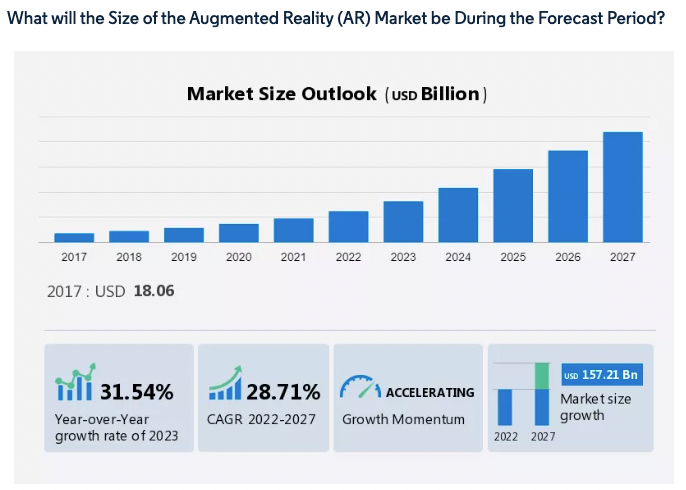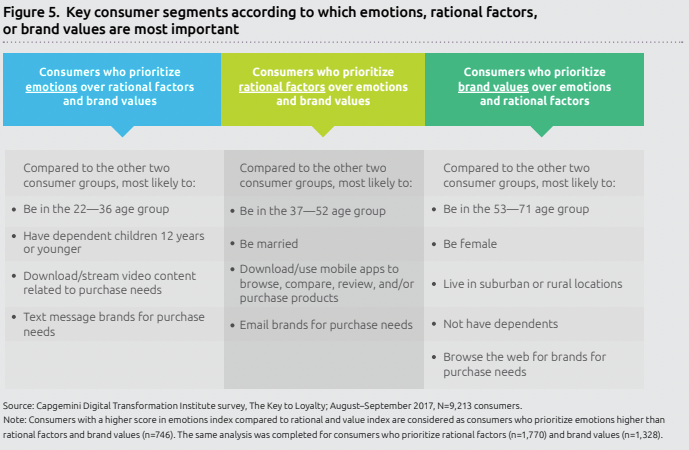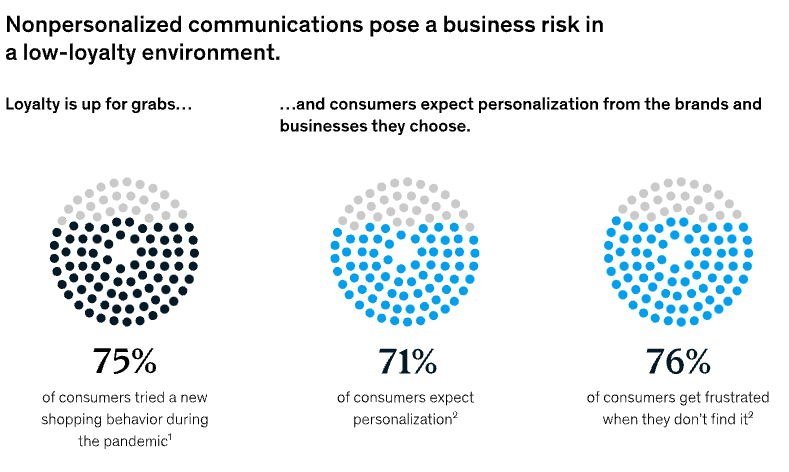
The Future of Digital Storytelling and How it Affects Marketing and Content Plans
Last update: 5 January 2024 at 12:22 pm
The means of conveying narratives through digital channels is changing, and this transformation is having a substantial effect on the way corporations approach their marketing and content initiatives. As technology progresses, digital storytelling is becoming more immersive and effective with the aid of virtual reality, augmented reality, and AI.
For instance, virtual reality is becoming increasingly well-received and is forecasted to generate a worth of over $45 billion by 2025. This increase showcases the widespread demand for VR across various sectors, including entertainment, healthcare, and marketing.
The era of basic text-based stories and static images has passed. Now, digital storytelling has evolved into a multi-faceted, multimedia experience that captivates people’s attention and leaves a lasting impact.
How Digital Storytelling Can Impact Marketing
And, as we continue discovering new and imaginative methods of sharing our stories, the future of digital storytelling is bound to be even more thrilling.
For businesses, the rise of digital storytelling has a significant effect on their content strategies and marketing endeavours.
|
Discover the most relevant agencies for your project based on your own specific requirements.
Find an agency!By utilising these advanced tools and techniques, companies can enhance their connection with their target audience, increase brand recognition, and boost engagement.
A study revealed that a staggering 91% of B2B marketers leverage content marketing to achieve their goals.
“The Rise of Virtual and Augmented Reality”
Virtual reality (VR) and augmented reality (AR) are two technologies that are set to revolutionise digital storytelling. With VR, users are fully immersed in a computer-generated environment, experiencing the story as if they were really there. AR, on the other hand, overlays digital information in the real world, creating an interactive experience for the user.
According to Technavio, the AR market is expected to grow at a CAGR of over 60% from 2020 to 2024, driven in part by the rise of AR-enabled smartphones. Both VR and AR have enormous potential for digital storytelling.

For example, a brand could create a VR experience that allows users to explore a new product in a virtual environment, giving them a hands-on feel before making a purchase. By pointing a smartphone camera at a product or service, AR can provide additional information such as nutritional information or product specifications.
The possibilities for VR and AR in digital storytelling are endless, and as technology continues to advance, brands will be able to create even more interactive and immersive experiences for their target audience.
“The Emergence of Interactive Storytelling”
Interactive storytelling is another trend that will play a key role in the future of digital storytelling. Interactive storytelling allows audiences to actively participate in the story, making choices and decisions that shape the outcome of the narrative.
According to a report by the Interactive Advertising Bureau, interactive storytelling campaigns see an average engagement rate of 4-5 times higher than traditional campaigns.
Various formats, including choose-your-own-adventure style narratives, interactive videos, and gamified experiences, allow you to actively participate in creating the story.
By giving audiences the ability to actively participate in the story, brands can increase engagement and create a deeper emotional connection with their target audience.
For example, a brand could create interactive video clips that allow users to make choices and decisions for the main character, creating a unique experience for each user. This not only increases engagement for the advertising and promotion efforts but also creates a sense of ownership and investment in the story for the user.
“The Importance of Emotional Connection”
In the future of digital storytelling, an emotional connection will be even more important. Brands that connect emotionally with their target audience will effectively engage them, raise brand recognition, and generate sales.
According to a study by Forbes, emotional connections are twice as likely to drive customer loyalty as functional benefits or features.

To create an emotional connection through digital storytelling, brands need to tell and create digital stories that resonate with their target audience on a personal level.
However, when trying to establish an emotional connection with their audience, many fail to
consider that their customers‘ language and culture play a significant role. It is because our
consumer behaviour is unconsciously influenced by our heritage and mother tongue.
Yes, you could include creating digital stories on the brand’s values, how it’s making a positive impact in the world, or how it’s helping to solve a problem that’s important to the target audience.
But if you want to connect further with your global audience, you must consider making your
content accessible to non-English speakers and culturally relevant to them. You can use an
online language translator and machine translation software, like Google Translate and Amazon
Translate, to translate content from English to various languages.
You will still need to work with language professionals to ensure that translated content is
accurate and culturally resonates with your target audience, especially when creating a digital
story.
For example, a brand could create a digital story about a real customer who has overcome a personal challenge with the help of the brand’s products or services in the context of your target
audience’s culture and language. This not only creates an emotional connection with the target audience but also helps to humanise the brand and make it more relatable.
“Increased Personalisation”
The future of digital storytelling will also see an increased focus on personalisation. With the rise of big data and advancements in technology, brands will be able to gather more data on their target audiences and use it to create highly personalized stories.
This will help brands connect with their audiences on a deeper level, as most digital stories’ focus will be more relevant and tailored to their interests and needs.
According to a study by Epsilon, personalised emails deliver an open rate 6 times higher than non-personalised emails. Additionally, a study by Monetate found that personalised product recommendations can increase online revenue by up to 15%.
A brand could personalise a story using data on a user’s purchase history and interests, highlighting products or services they are most likely to find interesting.

This type of personalised storytelling will be more effective than generic mass-market campaigns, as it will resonate better with the target audience and drive higher levels of engagement and conversions.
“Improved Measurement and Analytics”
The future of digital storytelling will also see improvements in measurement and analytics. Brands will be able to gather data on the effectiveness of their digital storytelling campaigns and use it to refine their strategy and improve future campaigns.
This will help brands understand what is working and what is not, and make informed decisions about where to allocate resources for future campaigns.
According to a report by eMarketer, 92% of marketers believe that data and analytics are key to the success of their digital storytelling campaigns.
For example, a brand could use analytics to measure the engagement levels of a VR experience, and use this data to determine how to improve future VR campaigns.
Analytics can also measure the impact of personalised stories and reveal which digital stories are resonating the most with the target audience.
Conclusion
In conclusion, technology will play a major role in shaping the future of digital storytelling, making it more dynamic, immersive, and impactful.
Virtual and augmented reality, artificial intelligence, and interactive storytelling are just a few of the trends that will shape the future of digital storytelling and have a significant impact on content strategy and marketing.
Embracing these trends will equip brands to better connect with their target audience, enhance brand awareness, and drive sales.
|
Discover the most relevant agencies for your project based on your own specific requirements.
Find an agency!The emotional connection and personalisation will also play a crucial role in driving engagement and creating a deeper relationship with the target audience.
The future of digital storytelling is bright, and it’s an exciting time for marketers and content creators to explore the limitless potential of these new technologies and creative techniques.
FAQs
The 7 elements are Point of View, Dramatic Question, Emotional Content, Voice and Tonal Quality, Pacing, Soundtrack and Sound Effects, and Economy.
An example could be a short video, podcast, or interactive media combining images, text, and audio to tell a compelling narrative.
Start by identifying your message, choosing a platform (video, audio, written content), planning your media, creating content, editing, refining, and then publishing and sharing.
Digital modes include video, podcasts, interactive websites, social media stories, and immersive technologies like Augmented Reality (AR) and Virtual Reality (VR).






